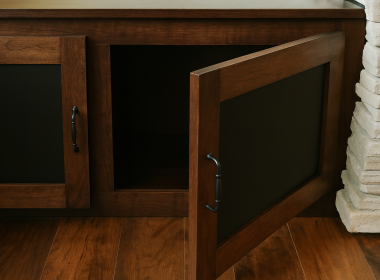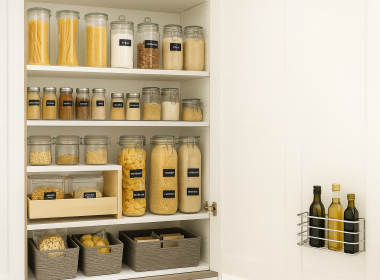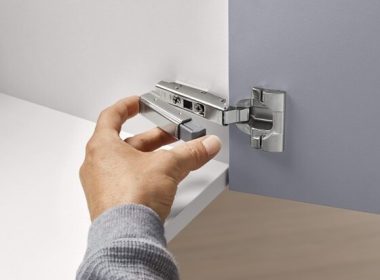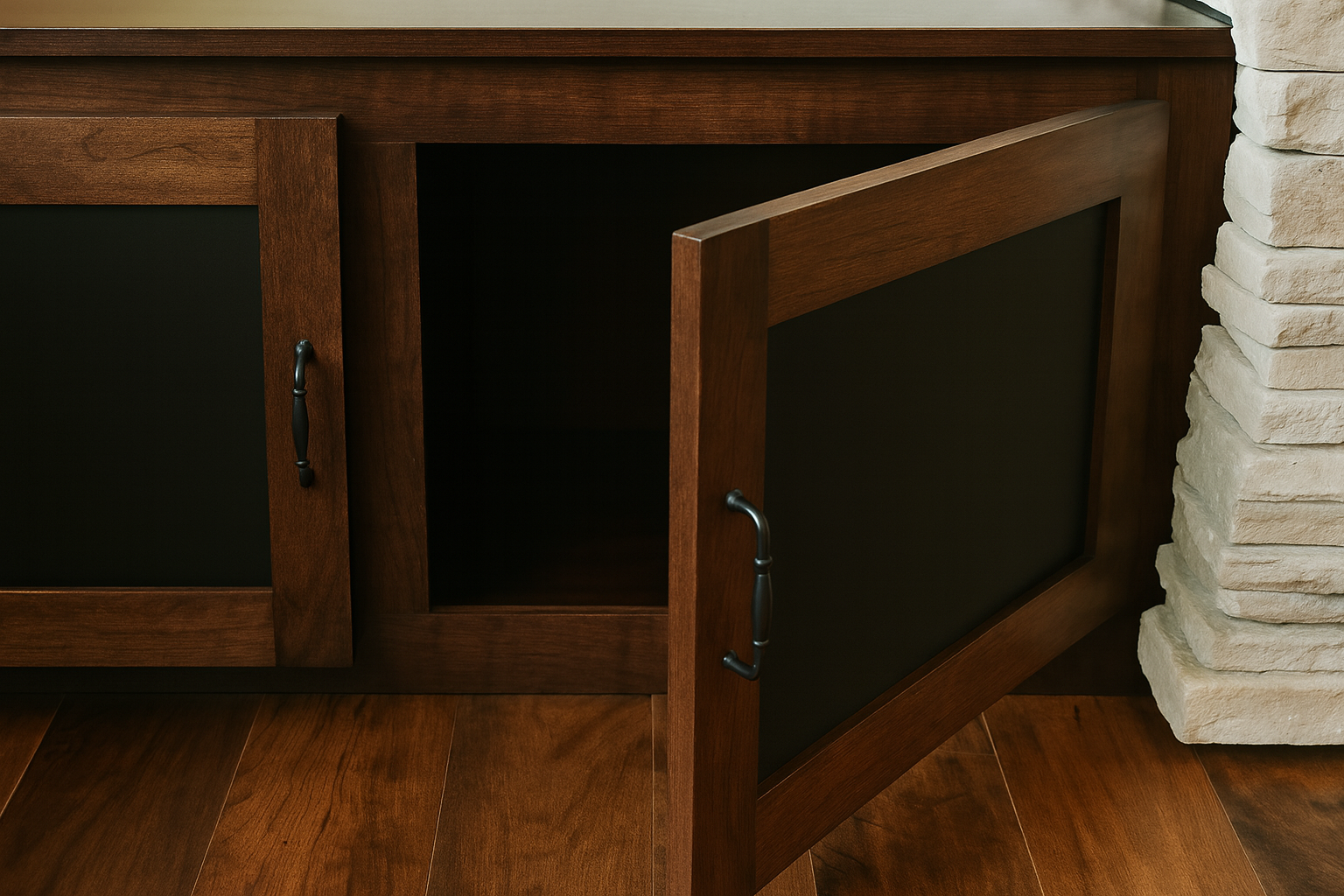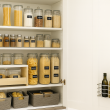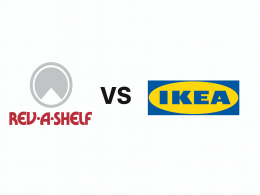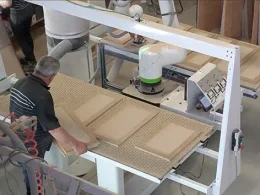The way a cabinet door closes says a lot about your space. A soft, silent glide feels refined and modern; a sharp click feels quick but old-school. The difference comes down to hinge mechanics.
Understanding soft-close vs self-close cabinet hinges helps you pick the right feel for your kitchen, bathroom, or workspace without guessing at the hardware aisle. Whether you’re upgrading one cabinet or planning a full remodel, this guide breaks down how each hinge works, how to tell them apart in seconds, and which performs better over time.
Quick Summary Table: Soft Close vs Self Close Cabinet Hinges
| Feature | Soft Close | Self Close |
|---|---|---|
| Mechanism | Hydraulic or pneumatic damper slows the door near the end of travel | Spring cam snaps the door shut once past the catch |
| Sound Level | Quiet and cushioned | Noticeable click or thud |
| Main Benefit | Reduces noise and protects finishes | Reliable automatic closure |
| Ideal For | Kitchens, nurseries, premium cabinetry | Utility rooms, rentals, budget projects |
| How to Identify | Door glides and slows before closing | Door speeds up and clicks shut |
The Real Difference: Soft Close vs Self Close Cabinet Hinges
Both hinge types pull a swinging cabinet door the last few inches—but only one does it quietly.
Soft-close hinges use a small damper to slow the door near shut, while self-close hinges rely on a spring that snaps it closed. The spring pulls; the damper glides.
If you’ve ever closed a cabinet at midnight and regretted the bang, you already know which mechanism wins.
How Soft Close and Self Close Hinges Work
Soft Close:
A hydraulic or pneumatic damper inside the hinge arm slows movement during the last inch or two of travel. The door glides gently and lands silently.
Self Close:
A spring cam engages near the end of the swing, pulling the door shut once it passes a point of tension. It clicks or snaps into place but without any cushioning.
Both mechanisms are common in modern European-style hinges—each with distinct feel and use cases.
The 10-Second Identification Test: Soft Close vs Self Close
- Open the door fully.
- Let go when about 2 inches from closed.
- Watch and listen:
- If it slows and hushes, it’s soft close.
- If it speeds up and clicks, it’s self close.
To double-check, look inside the hinge arm. A small cartridge or plunger indicates a soft-close damper.
Performance and Durability
Lab tests show why soft-close hinges have become the standard for modern kitchens:
- 35% lower latch speed compared to self-close models.
- 4–6 dB quieter in sound peak at closure.
- 50,000+ cycle durability without oil leaks or damper failure.
Self-close hinges remain reliable and cost-effective, though they can sound harsher in echoing or high-use spaces.
Fixing Edge Cases
If a supposed soft-close door slams or coasts, check these quick fixes:
- Tighten or loosen the damper screw by a quarter turn.
- Add stick-on bumpers to cushion contact.
- Ensure the hinge alignment is square and not binding.
Many hybrid “partial-close” hinges use both a light spring and a mild damper, giving an in-between feel and still quieter than full self-close.
When to Choose Each: Soft Close vs Self Close Cabinet Hinges
| Choose Soft Close If… | Choose Self Close If… |
|---|---|
| You want quiet operation in kitchens or bedrooms | You need firm pull-in for light or utility doors |
| You’re upgrading premium cabinetry | You’re working on budget or rental units |
| You care about finish protection | You prefer simpler hardware with fewer parts |
Final Thoughts: Soft Close vs Self Close Cabinet Hinges
Every homeowner who swapped springs for dampers described the same result: quieter cabinets in a single weekend.
- Soft-close hardware transforms the rhythm of a kitchen—silent, steady, and refined.
- Self-close still has its place when cost, speed, or simplicity matter most.
You don’t have to replace every hinge at once. Start with one high-traffic cabinet, feel the change, and decide if the rest deserve the same upgrade.
Your knuckles, and your sanity, will thank you!


